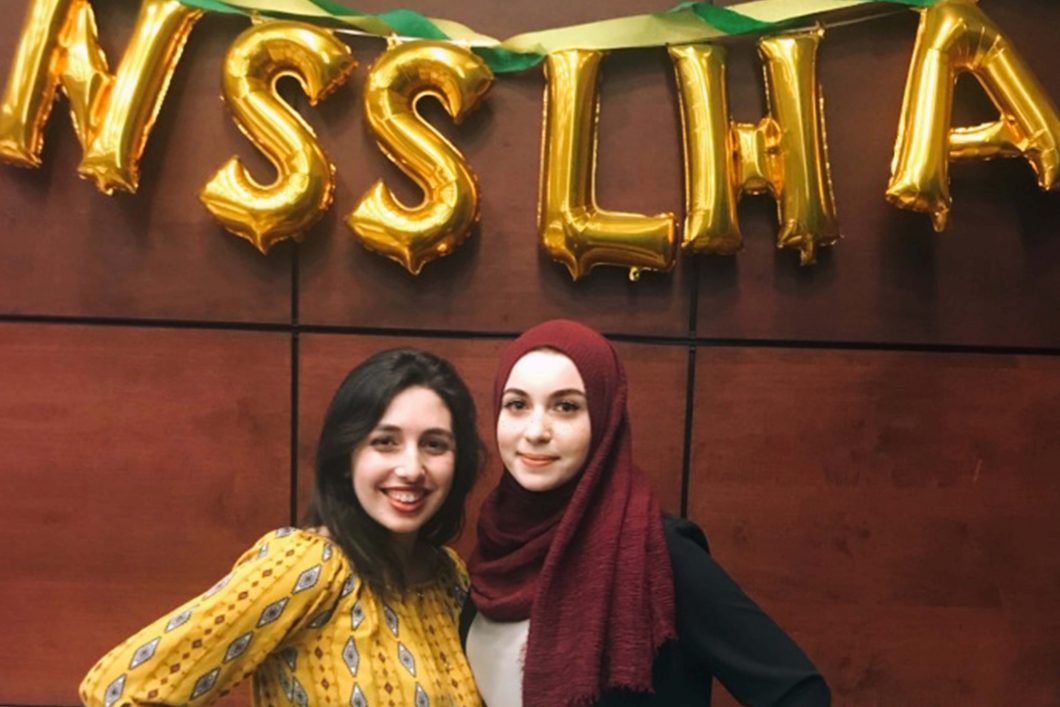I was born and raised on the East Coast and spent most of my days playing outdoors with my suburban neighborhood friends who came from various backgrounds—European, Asian, African, South American, and Middle Eastern cultures. Being exposed to this many different cultures helped normalize the differences between us. I was constantly evolving thanks to these friends.
I, myself, am an American-Italian-Jordanian woman, and was equally engulfed in both my parents’ cultures growing up. However, I always felt like the ‘odd one out.’ The two cultures weren’t typically intertwined, so I often came across some close-minded family members. As much as they cared about me, there were parts of me they didn’t understand, and I often felt misunderstood.
America, the Melting Pot
When I think about being an American-Italian-Jordanian, I realize just how extremely complex the statement is. Some may see it as a paradox. I’ve defined myself into these cultural buckets. I’m American; but then, I’m also Italian and Jordanian. I live in America, so why not just call myself American?
Because I’m proud of each of my cultures—that’s why.
Besides, American culture has always been complicated. At its core, American culture is a compilation of all other cultures. We’re a culture of people who have joined together for a common purpose—a new beginning. But some do not recognize that, historically, this is how America was built.
Key Issues Within the Professions
Earlier this year, I attended a cultural competency conference on my campus at Sacramento State University. Incredible speakers dove into the topic of multiculturalism within the speech and hearing professions, the school systems, and hard of hearing communities.
One speaker, Dr. Nidhi Mahendra, a professor at San Jose State University, shed light on various key issues like the rising language attrition (losing a native or first language) in the United State. She discussed how there’s a large stigma in this country to attain monolingualism amongst the multilingual communities. She explained that there were studies indicating bilingual or multilingual families became monolingual by the third generation.
As someone with multiple cultural backgrounds, this struck me. What a huge loss of culture!
Language Difference versus Language Disorder
In my speech sound development and disorders class, I learned that it’s not a language disorder if the sound patterns are common among bilingual speakers with a native language other than English. For example, a common substitution among bilingual Spanish speakers whose native language is Spanish is the substitution of ‘Ch’irley for ‘Sh’irley. This is a language difference—not a language disorder.
My professor, Keith Haberstock, CCC-SLP, repeatedly stressed that speech therapy isn’t meant to cancel out someone’s native language; it’s meant to provide them with tools to codeswitch with ease. And yet, I’ve heard from speakers, professors, and even friends who work as SLPAs, that time after time they’ve seen misdiagnoses of a language difference for a language disorder.
How Can We Become More Culturally Aware?
So, how do we combat this issue? How do we, as future professionals, make sure we’re not misdiagnosing a language difference for a language disorder? How do we give proper care to patients who may not speak the same primary language as us? How do we make sure our patients maintain their cultural diversity?
I have a few ideas …
- Teach younger generations about the professions. There’s a shortage of bilingual SLPs and audiologists, which means there aren’t service providers available to everyone. Check out Rebecca Willer’s blog post about how we, as students, can help build a pipeline of multicultural and bilingual professionals by talking about the professions to high schoolers in diverse areas.
- Promote speech-language pathology and audiology services in our communities. As an audiology aide, I’ve seen a number of parents who don’t understand the need for their child to receiving a hearing evaluation after a hearing screening—due partially to cultural misinformation and general lack of understanding. Let’s go out into our communities and help our neighbors understand the speech, language, and audiology services that are available to them.
- Increase our own cultural competency. I was lucky enough to attend that cultural competency conference on my own campus. Even if your program doesn’t offer something similar, see if other nearby universities do. Or better yet, work with your professors to start your own mini conference or class!
- Connect with others. Join or start a multicultural club on campus. Or, join ASHA’s SIG 14 (Cultural and Linguistic Diversity) and/or SIG 17 (Global Issues in Communication Sciences and Related Disorders) to network and collaborate with other students and professionals on this issue.
As healthcare professionals, it’s important for us to be open-minded and expose ourselves to different cultures, perspectives, and ways of life in order to deliver the best care we can for our patients. So, let’s reach out to our communities, get involved, and above all, have an open mind to cultures that are different from our own.

